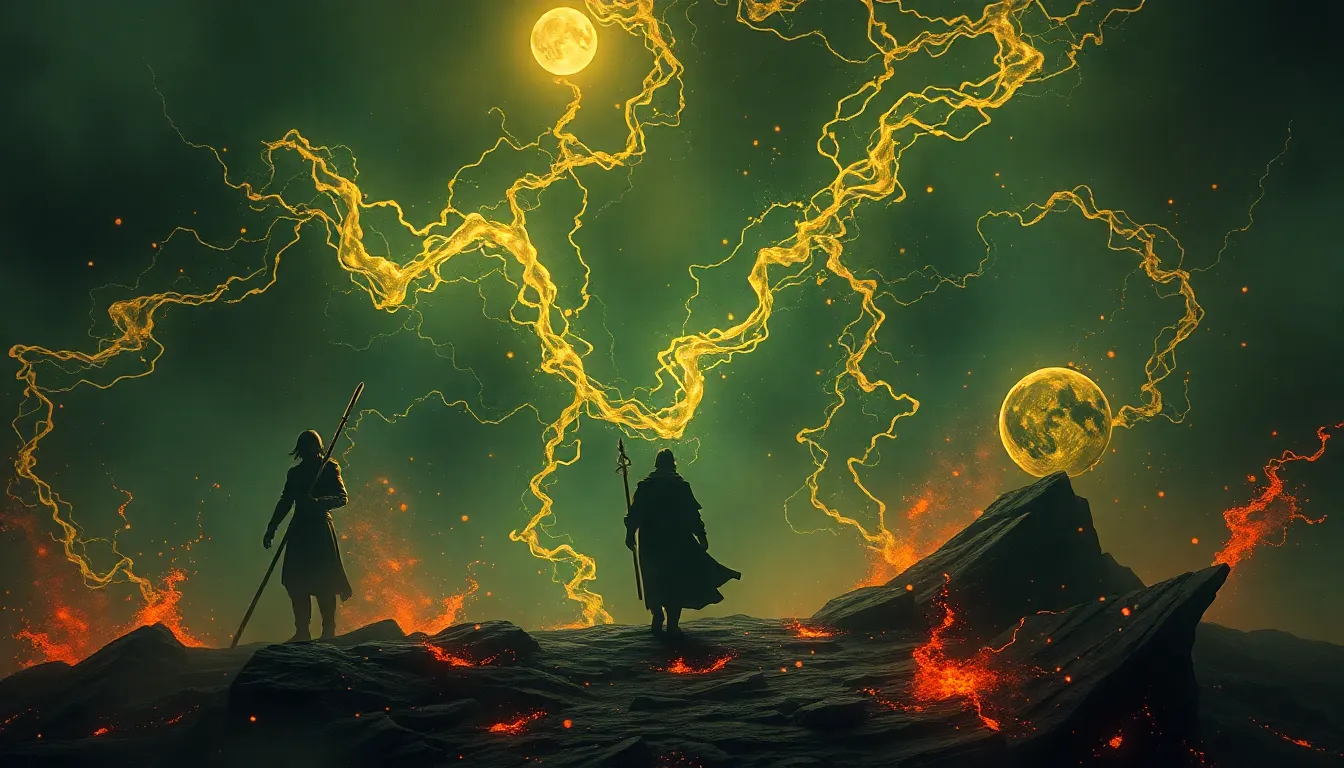The Quest for the Hidden Power: Myths of Strength
1. Introduction: Defining Strength in Mythology
Strength is a multifaceted concept that transcends mere physical power. Across various cultures, it embodies resilience, courage, and the ability to overcome adversity. Myths serve as a lens through which societies interpret and convey their understanding of strength. They encapsulate the virtues and values that define a culture’s perception of what it means to be strong. From the heroic feats of warriors to the wisdom of sages, mythology shapes our understanding of power and fortitude.
2. Ancient Legends: Heroes and Their Feats
Legendary heroes like Hercules from Greek mythology and Thor from Norse mythology epitomize the ideal of superhuman strength. Hercules, known for his Twelve Labors, faced insurmountable challenges, showcasing not only his physical prowess but also his determination and ingenuity. Similarly, Thor, wielding his mighty hammer Mjölnir, protected Asgard from giants and other threats, symbolizing the defense of order against chaos.
- Hercules: His trials reflect the idea that true strength is often accompanied by struggle and sacrifice.
- Thor: Represents the balance between strength and responsibility, as his power is utilized for protection.
These trials and tribulations are significant in mythological narratives, illustrating that strength is not just about raw power but also about the journey and the lessons learned along the way.
3. The Symbolism of Strength: Animals and Nature
In mythology, animals often symbolize strength and serve as totems for various cultures. Lions, bears, and eagles are frequently associated with power, courage, and dominance. For instance:
- Lions: Symbolize bravery and nobility in many cultures, such as in the stories of the Lion of Judah in Ethiopian tradition.
- Bears: Represent strength and endurance, often seen as guardians in Native American myths.
Furthermore, nature itself embodies strength. Mountains symbolize stability and permanence, while storms represent uncontrollable power. These elements reflect humanity’s relationship with the natural world and its inherent strength.
4. The Role of Divine Intervention: Gods and Goddesses of Strength
Many myths feature deities associated with strength, such as Zeus in Greek mythology and Athena, the goddess of wisdom and war. These divine beings often intervene in human affairs, bestowing strength or guidance upon mortals. For example:
- Zeus: King of the gods, he symbolizes ultimate power and authority, often intervening in mortal conflicts.
- Athena: Represents strategic strength and wisdom, highlighting that true power is not just physical.
The influence of these gods and goddesses shapes the understanding of strength among mortals, emphasizing that divine approval and support can amplify human capabilities.
5. The Quest Motif: Journeys to Discover Hidden Power
The quest narrative is a prevalent structure in myths, illustrating the journey toward self-discovery and the unveiling of hidden strengths. This journey often follows the Hero’s Journey framework, where the protagonist faces trials that reveal their true potential. Notable examples include:
- The Odyssey: Odysseus’s journey home is filled with challenges that test his cunning and strength.
- The Epic of Gilgamesh: Gilgamesh’s quest for immortality leads him to confront his own limitations and mortality, ultimately discovering inner strength.
These narratives highlight that the quest for strength is often an internal journey, where the protagonist learns about resilience, courage, and the importance of companionship.
6. Cultural Variations: Strength Myths Around the World
Strength myths vary significantly across cultures, reflecting distinct values and beliefs. In Greek mythology, strength is often associated with heroism and physical prowess. In Norse mythology, it is linked to honor and valor in battle. African myths frequently emphasize community strength and the importance of collective resilience. A comparative analysis reveals that:
- Greek Myths: Focus on individual heroes and their quests.
- Norse Myths: Highlight the importance of fate and the inevitability of struggles.
- African Myths: Emphasize communal strength and the interconnectedness of life.
These cultural variations illustrate how different societies interpret strength based on their unique historical and social contexts.
7. The Psychological Aspect: Strength as a Metaphor for Personal Growth
In many psychological myths and fables, strength serves as a metaphor for personal growth and resilience. Characters often undergo transformations that symbolize their inner strength. For example, the story of the Phoenix rising from its ashes signifies rebirth and the ability to emerge stronger after adversity.
This metaphorical interpretation of strength resonates with real-life experiences, as individuals often find their true capabilities when faced with challenges. The connection between mythological strength and personal resilience highlights the enduring relevance of these narratives.
8. The Modern Interpretation: Strength in Contemporary Media
Today, the myths of strength continue to influence modern storytelling, from blockbuster movies to literature. Superheroes such as Superman and Wonder Woman exemplify the reinvention of strength myths, embodying ideals of justice, courage, and perseverance. These contemporary figures often grapple with moral dilemmas, emphasizing that true strength also involves ethical considerations.
- Movies: Films like “Wonder Woman” and “Black Panther” reinterpret strength through diverse cultural lenses.
- Literature: Modern novels often explore themes of vulnerability and emotional intelligence alongside traditional notions of strength.
This evolution of strength myths in popular culture reflects changing societal values and the ongoing quest for a balanced understanding of power.
9. Critiquing the Myths: The Dark Side of Strength
While strength is often celebrated, the archetype can also have negative connotations, such as toxic masculinity and aggression. The glorification of physical strength can lead to the marginalization of emotional resilience and vulnerability. It is essential to critique these myths and re-evaluate what strength means in the context of:
- Toxic Masculinity: The idea that men must be emotionally stoic and physically dominant can be harmful.
- Emotional Intelligence: Recognizing that true strength often involves empathy, understanding, and the courage to be vulnerable.
By addressing these darker aspects, we can foster a more inclusive definition of strength that embraces all facets of the human experience.
10. Conclusion: The Enduring Legacy of Strength Myths
The myths of strength remain relevant in today’s society, offering timeless lessons about resilience, courage, and the human spirit. Understanding these myths allows us to appreciate the complexities of strength and its various manifestations in our lives. As we navigate contemporary challenges, the stories of heroes, divine intervention, and personal quests continue to inspire and guide us. By embracing a holistic view of strength, we can cultivate a society that values not just physical power, but also emotional depth and communal support.



